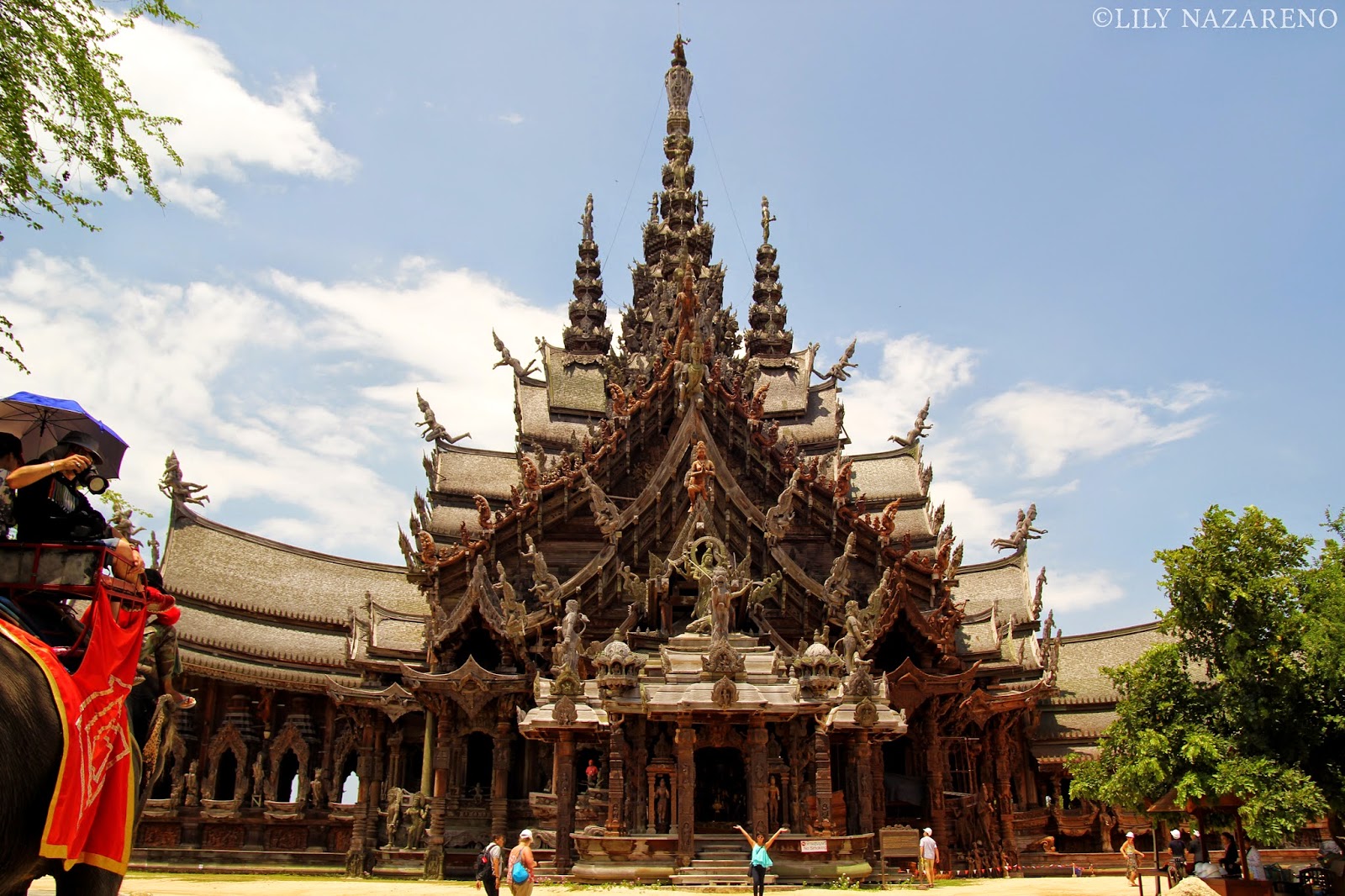Upon arriving in Korea, I had set traditional Korean culture to be on my list of things to experience here. When I learned about temple stay's in my Korean Culture Society Class, I wanted to take the chance to immerse myself and learn about one of Korea's three main religions.
Cheongamsa Temple is located in the mountains in the city of Gimcheom, which was a 3 hour train ride from my university. After getting off of Gimcheon station, our group took a taxi to the temple. Upon arriving there around the evening hours, the temperature quickly dropped. The fall season here is too short, and the temperature is the coldest I have experienced (Yikes! Winter will be much colder). Although the air around us was cold, the surrounding atmosphere of the temple was warm, cozy, and radiated relaxing vibes. I couldn't wait for my two days of cultural experience, smiles, and company of good people.
As our group checked-in, we were given an introduction to the temple and the temple stay program. Cheongamsa Temple is located under Mt. Sudosan in Pyeongchon-ri. The temple was founded by Dosen, a Korean Buddhist monk who lived during the Shilla Dynasty period. The temple was also subjected to fire several times and as a result underwent destruction and reconstruction several times.
After the introduction, dinner was served. All meals were vegetarian and in buffet style. It was very delicious! (Especially for a vegetarian like myself). Everyone washed their own dishes and thanked the monks for the food.
The next activity was the lotus lantern craft making. Everyone was given a candle and flower petal papers to make their lantern. We then wrote our wishes and dreams on the lantern. I wrote something to the lines of "I wish for myself to live a long and healthy life full of joy". All our lanterns were lit and placed under a carved statue of the temple.
Other activities we did included sitting meditation (called the 5-element sitting meditation) and a meditation moment/dance called the Taegeukgwon. After doing the meditation and dance, I felt a lot more energy and relaxation in my body. I have to admit it was really difficult because sitting down squeezed together with everyone in silence with our backs straight and attention focused on the mind for 5 minutes seemed like it took forever.
That night, we slept early: at 10:30.
The bells struck at 4:30 in the morning and everyone woke up, got ready and gathered in the main hall to do the morning worship in front of the Buddha statues. Altogether, we bowed 108 times. Yes! My arms and knees were in pain afterwards. However, my mind felt so clear afterwards and my mood changed from being tired and lazy to very uplifting and vibrant. I thought to myself that I wanted to feel this way even morning and to start my day with a positive mind. I also learned that the monks do 3,000 or 8,000 bows of gratitude each day.
Everyone had breakfast and afterwards, headed down to harvest cabbages and make kimchi. I was really looking forward to this event because after staying in Korea for nearly 2 months now, I ate kimchi as a side dish almost everyday and was curious how kimchi is made. We arrived at our destination and it was beautiful!
The kimchi event was held outdoors in the countryside with a beautiful scenery. The mountains had trees full vibrant fall colors, old folk houses, and many persimmon trees. There were several large tables with about 50 heads of cut napa cabbages on each. We were all given aprons and there were nice ajummas (helpers) on each table guiding us and explaining how kimchi is made. Everyone has happy and excited, especially because we each got to take our kimchi's home. Lunch was then prepared for us by excellent cooks and helpers of the event. After eating, I felt a little sad because this was our last event and everyone will be saying their farewells.
I learned so many wonderful things through this experience about Korean religion and culture.

























































